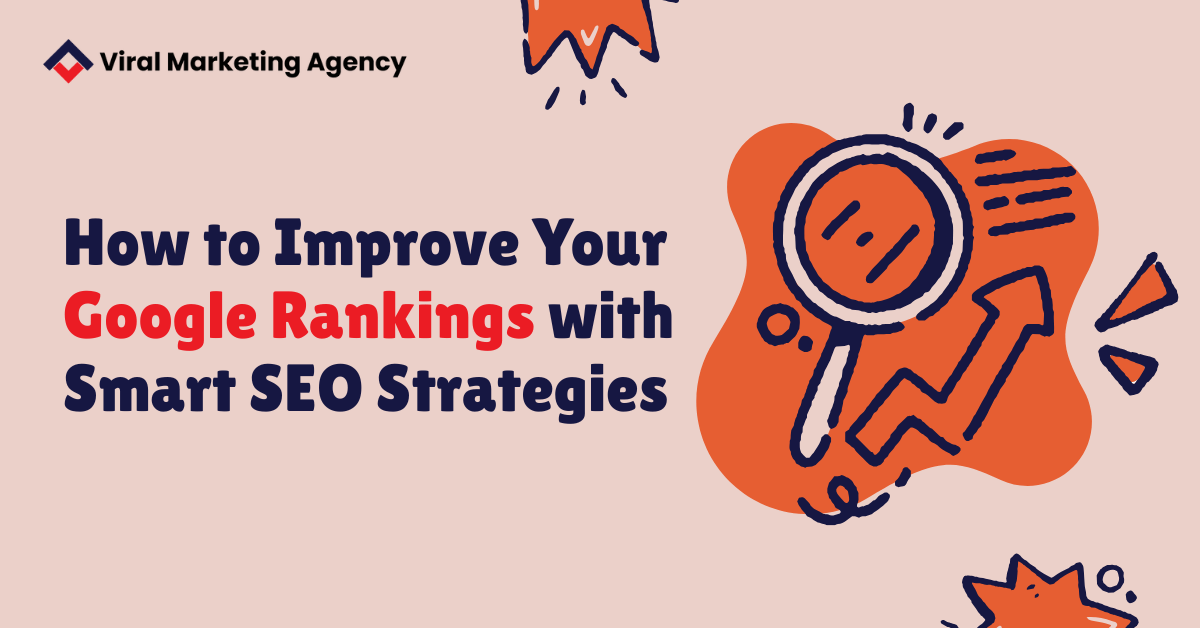The enhancement of Google ranking is a universal desire among site administrators, and the most intelligent way to do that is by applying on-page SEO. A comprehensive SEO strategy will increase your website’s visibility, and with it, the trustworthiness of your brand. Business owner, blogger, or e-commerce store result website; you should take the time to learn how to capitalise on on-page SEO if you want to attract the right audience and improve your chances of surfacing in search engine results.
What is On-Page SEO and Its Significance
On-page SEO signifies optimising the different aspects of a particular webpage in a manner that it yields a higher ranking in the search engines, including Google. It means you need to create better website content, meta tags, images and so on, plus the experience of the user.
A well-executed on-page SEO plan will inform Google about the subject of your page and assist in aligning your content with the relevant search queries made by users. It involves not only the practice of keyword usage but, more importantly, the making of quality content that meets the needs of the users.
This is the list of benefits of on-page SEO:
- It upgrades your website’s relevance and quality of content.
- Make Google crawl and index your pages easily.
- The cleaner layout and easy navigation lead to a better user experience.
- The rates of clicks and engagements have increased.
When implemented accurately, on-page SEO paves the way for the firm foundation of visibility and organic growth for the long run.
Smart SEO Practice for High Google Rankings
To always be near the top of the searches, it is important to apply a mixture of smart SEO strategies that use both on-page and off-page SEO. Here are some of the most powerful rank boosting strategies:
1. Conduct an On-Page SEO Audit First
The on-page SEO audit will be the starting point for any optimisation process. It will show you the good and bad sides of your website.
Concentrate on:
- Use keywords in titles, meta tags, and in URLs.
- Improve headers for better visibility and ranking.
- Providing alt text for pictures.
- Testing site speed and mobile compatibility.
Periodic checks guarantee you have a strong SEO base and can keep your Google ranking on track.
2. Optimise for Mobile SEO
Most users, these days, are accessing by smartphone; therefore, mobile SEO optimisation is critical. Google has implemented mobile-first indexing, which means they evaluate the site by the mobile version first.
To maximise performance:
- Must try responsive web design.
- Avoid to use pop-ups and intrusive ads
- Make sure to load quickly.
- Allow easy navigation through buttons and menus on small screens.
A good mobile experience not only keeps the user on your site for a longer time but also gives a positive signal to the search engines regarding your site’s quality.
3. Focus on Quality and Readable Content
In the world of SEO, content is still the monarch. Make your content not only informative but also simple and user-friendly.
The content strategy should:
- Use direct and short sentences.
- Speak to the user’s needs.
- Maintain keyword density of 1.5–2% at max.
- Impart with proper tags and bullets your points.
Don’t forget that the content written for humans first and then for search engines is the one that performs the best.
4. Build Up Your SEO Process
Your SEO process is what shows ranking sustainability. It consists of several major activities:
- Keyword Research: Find the words your target audience is using.
- On Page Optimisation: Integrate those keywords within the content flows.
- Content Creation: Publish articles and guides regularly.
- Link Building: Obtain links from trusted sources.
- Analytics Tracking: Use Google Analytics to track the on-page and off-page SEO led down the path to the SEO heights Analytics Let Google Analytics follow your progress.
SEO for Small Businesses – Growing Smartly
SEO for small businesses is one of the most effective ways, in terms of cost, to gain local customers. Even a shop can get a high ranking if the right optimisation strategy is applied.
The benefits are:
- Local search results will show your business better.
- More calls and inquiries.
- Customers’ trust and your business’s credibility will be enhanced.
- Less dependency on paid ads.
To get into the local market, claim your Google My Business listing, insert “near me” keywords, and gather customer reviews.
E-commerce SEO – Driving Sales through Visibility
E-commerce SEO is an online store. The majority of the shoppers’ first step in their buying journey is through Google; thus, optimisation of your product pages can assist in gaining those searches.
Ways to do it:
- Make sure to put keywords in your product titles and descriptions.
- Bright and clear images with alt tags should be used.
- Take advantage of schema markup to display products better.
How to Select the Best Companies for SEO
It’s simpler to work with the best companies for SEO. The simplest agencies have proven methods and tools to get results even faster.
Look for:
- Consistent communication and reporting.
- Experience beyond just on-site search engine optimisation.
- Specific expertise with mobile seo optimization & e-commerce SEO.
- Ability to step into your content or technical SEO and host a solid team to inherently do the work.
Conclusion
If you want to improve your Google ranking, which improves the growth of your online business, a good on-page SEO strategy is the answer! SEO techniques, good content that adds value and is supportive, and frequent blogging will do wonders for you.
You should keep your focus on your on-page SEO if you aim to be seen, relevant, and have good competition in 2026 and after, whether you are a small business or a huge online store.

